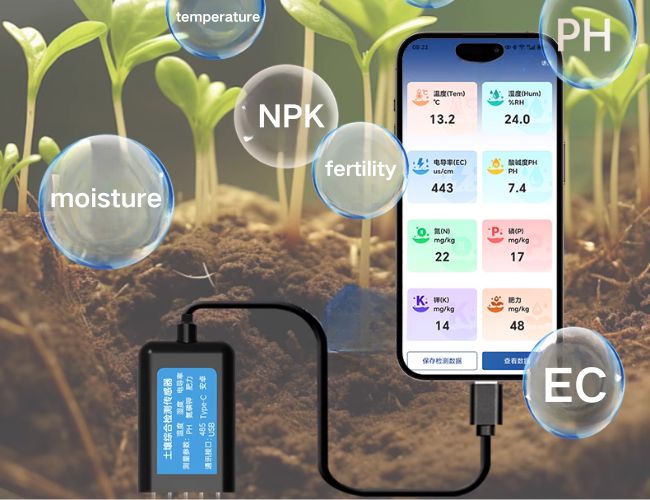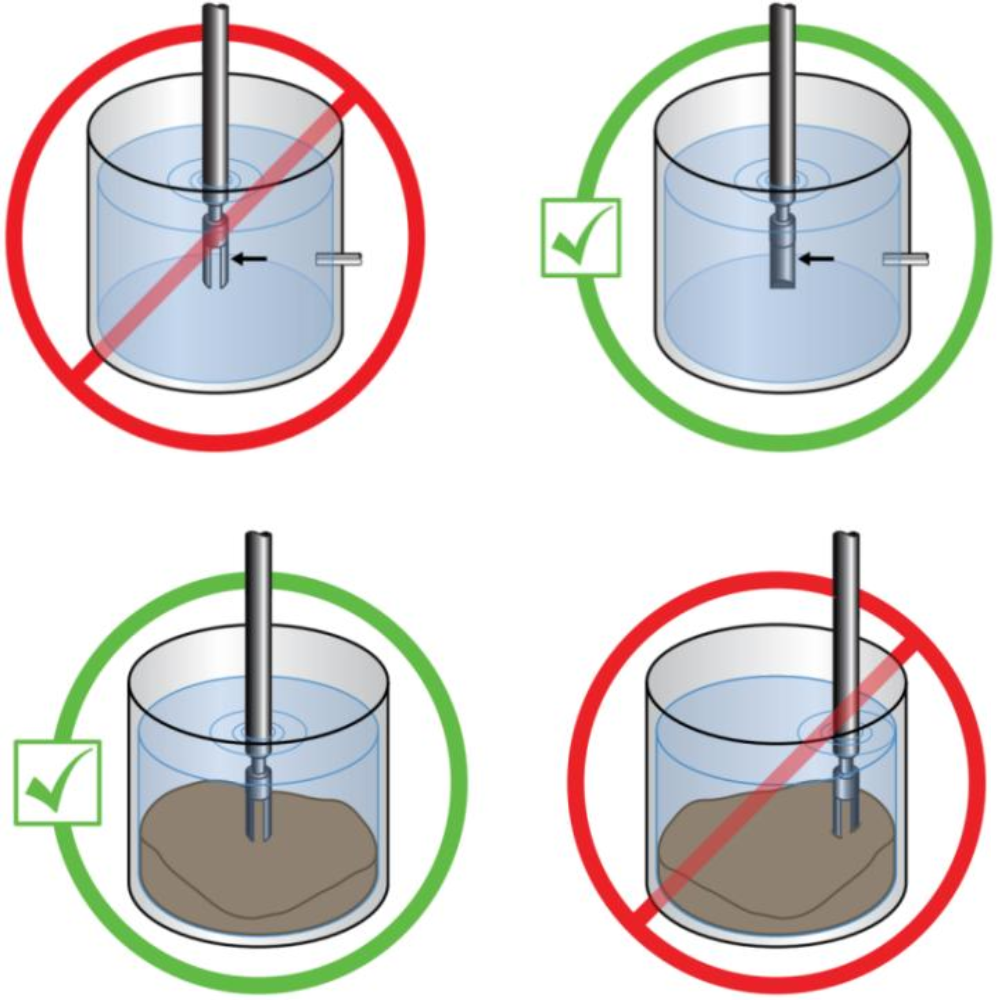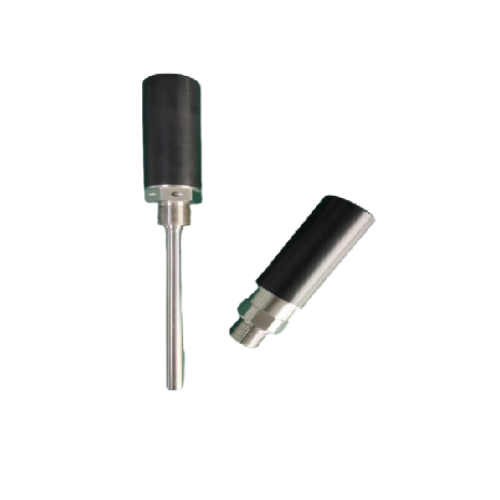Temperature measurement is a critical aspect of many industrial processes, and selecting the right sensor technology can significantly impact measurement accuracy, reliability, and overall system cost. Among the most commonly used temperature sensors in industrial applications are thermistors, thermocouples, and Resistance Temperature Detectors (RTDs). Each technology offers unique advantages and limitations, making them suitable for different environments and applications.
This guide provides an in-depth comparison of thermistors, thermocouples, and RTD sensors, focusing on key factors like measurement accuracy, temperature range, environmental conditions, and industry-specific applications. By understanding these factors, you can choose the most appropriate sensor for your needs.

1. Overview of Temperature Sensor Technologies
1.1 Thermistors
Thermistors are temperature-sensitive resistors, typically made from ceramic materials such as metal oxides. They are classified into two types:
- NTC (Negative Temperature Coefficient): Resistance decreases as temperature increases.
- PTC (Positive Temperature Coefficient): Resistance increases as temperature increases.
Thermistors are known for their high sensitivity to temperature changes, which makes them ideal for precise temperature measurements over a limited range.
1.2 Thermocouples
Thermocouples are created by joining two different metals at one end, forming a junction that generates a voltage proportional to temperature—a process known as thermal coupling. The voltage generated is correlated with temperature using standard reference tables.
1.3 Resistance Temperature Detectors (RTDs)
RTD sensors rely on the principle that the resistance of a metal, usually platinum, changes with temperature. The RTD probe measures temperature by correlating the change in resistance to temperature using a standard reference curve. RTDs are valued for their high accuracy and stability over a broad temperature range.
2. Key Factors for Comparison
2.1 Measurement Accuracy
- Thermistors: Offer high accuracy within a narrow temperature range, typically within ±0.1°C to ±0.5°C. Their high sensitivity to temperature changes makes them ideal for applications where precision is paramount. However, their non-linear response can complicate calibration over broader temperature ranges.
- Thermocouples: Generally less accurate than thermistors and RTDs, with typical accuracy ranging from ±1°C to ±2°C. Calibration can improve accuracy, but thermocouples require cold junction compensation due to their reliance on thermal coupling, which can introduce additional error.
- RTD Sensors: RTD probes are the most accurate, with typical accuracy ranging from ±0.1°C to ±0.5°C across a wide temperature range. Their linear response simplifies calibration and makes them highly reliable for precision temperature measurement.
2.2 Temperature Range
- Thermistors: Typically operate within a range of -50°C to 150°C, though some specialized thermistors can function outside this range. Their limited temperature range makes them less suitable for extreme environments.
- Thermocouples: Offer an extensive temperature range from -200°C to over 2000°C, depending on the thermocouple type (e.g., Type K, Type J). This wide range makes them highly versatile for both cryogenic and high-temperature applications.
- RTD Sensors: Operate effectively within a temperature range of -200°C to 600°C. Although this range covers most industrial applications, it is narrower than that of thermocouples.
2.3 Environmental Conditions and Durability
- Thermistors: Best suited for controlled environments due to their sensitivity to mechanical stress and susceptibility to degradation in harsh conditions.
- Thermocouples: Highly durable, thermocouples can withstand extreme environmental conditions, including high vibration, pressure, and corrosive atmospheres. They are often used in challenging industrial environments, such as furnaces and engines, where their thermal coupling properties are essential.
- RTD Sensors: More durable than thermistors but less so than thermocouples, RTD probes can handle harsh environments if adequately protected with sheathing. They are commonly used in environments where long-term stability and accuracy are required.
2.4 Response Time
- Thermistors: Provide a fast response time due to their small size and high sensitivity, making them ideal for applications requiring quick temperature measurements.
- Thermocouples: Also have a fast response time, particularly when using fine wires that can respond in milliseconds. However, the response time varies with the thermocouple type and construction.
- RTD Sensors: Typically have a slower response time compared to thermistors and thermocouples because of their larger size and the need for thermal equilibrium between the sensor and the environment.
2.5 Cost and Ease of Use
- Thermistors: Relatively inexpensive and simple to use, thermistors are a cost-effective choice for many applications. However, they may require specialized circuitry to linearize their output, adding complexity to their implementation.
- Thermocouples: Generally affordable, especially in applications requiring a wide temperature range. However, the need for cold junction compensation can complicate their use and increase system costs.
- RTD Sensors: The most expensive among the three sensor types, primarily due to the cost of platinum. Additionally, they require precise circuitry for measurement, which further increases the system cost.
3. Industry-Specific Applications
3.1 HVAC Systems
- Thermistors are widely used in HVAC systems for temperature control and monitoring due to their accuracy and fast response time within the moderate temperature range typically encountered in these systems.
3.2 Industrial Furnaces and High-Temperature Processes
- Thermocouples are the preferred choice for high-temperature applications like industrial furnaces, kilns, and heat treatment processes. Their wide temperature range and durability make them ideal for these environments, where thermal coupling is crucial for accurate measurements.
3.3 Chemical and Petrochemical Industries
- RTD Sensors are commonly used in the chemical and petrochemical industries, where precise and stable temperature measurements are critical. Their accuracy and linear response make them ideal for process control in these environments.
3.4 Automotive and Aerospace
- Thermocouples are frequently employed in automotive and aerospace applications, such as engine monitoring and exhaust gas temperature measurement, where they must withstand extreme temperatures, vibrations, and other challenging conditions.
3.5 Medical Devices
- Thermistors are often used in medical devices, such as patient monitoring systems and incubators, due to their small size, high accuracy, and fast response time.
4. Advantages and Limitations Summary
| Sensor Type | Advantages | Limitations |
|---|---|---|
| Thermistor | High accuracy in a narrow range, fast response time, cost-effective | Limited temperature range, non-linear response, less durable |
| Thermocouple | Wide temperature range, durable, fast response | Lower accuracy, requires cold junction compensation, thermal coupling complexities |
| RTD Sensor | High accuracy over a wide range, linear response, stable | Higher cost, slower response time, less durable than thermocouples |
5. How to Choose the Right Sensor
When selecting the appropriate temperature sensor for your application, consider the following factors:
- Temperature Range: Thermocouples are the best choice for extreme temperatures, while RTDs or thermistors may be more appropriate for moderate ranges.
- Accuracy Requirements: For applications requiring high accuracy across a wide temperature range, RTD probes are ideal. Thermistors are suitable for high-accuracy needs in a narrow range.
- Environmental Conditions: In harsh environments, thermocouples offer superior durability due to their robust construction and effective thermal coupling. RTD sensors can be used if adequately protected, while thermistors are better for less extreme conditions.
- Response Time: Thermistors are the best choice for applications requiring rapid temperature changes due to their fast response time.
- Budget: Thermistors provide a cost-effective solution for budget-conscious applications, while RTD sensors, though more expensive, offer high accuracy for critical measurements.
Conclusion
Selecting the right temperature sensor is crucial for ensuring the efficiency, accuracy, and reliability of your industrial processes. Understanding the differences between thermistors, thermocouples, and RTD sensors—particularly in terms of thermal coupling, temperature range, accuracy, and environmental suitability—can help you make an informed decision that aligns with your specific application requirements.
For further reading on the principles of these temperature sensors, you can explore detailed resources such as this Wikipedia article on thermistors, thermocouples, and RTDs.
If you need more personalized guidance or want to explore specific sensor models, our expert team at Sentec is here to help you choose the right temperature sensor for your application.




